Green is the New Black: Unravelling the World of Sustainability Branding
As we enter a new era, the world demands a new type of branding. A style that doesn't just promote products but also encourages the protection of the planet. Sustainability branding is the answer to this demand. At its core, sustainability branding is more than just a trend or a marketing strategy; it's a comprehensive approach involving sustainable practices in every business aspect. Every part of the process, from production to packaging, is carefully crafted to minimise adverse environmental impacts while maximising positive social and economic effects.
Sustainability branding is not just some grassroots movement; it's rapidly becoming the norm. This means that consumers are growing aware of their buying habits' impact on the environment and making decisions based on eco-friendliness.
But why does sustainability branding matter? The answer is simple: it's good for business. Companies prioritising sustainability see benefits such as reduced costs, increased brand recognition, and consumer loyalty. Sustainable practices can help companies meet governmental regulations and avoid reputational damage from environmental scandals.
But how can you make your brand eco-chic? It all starts with a genuine commitment to sustainability. This means integrating sustainable practices in every aspect of your business. From eco-friendly packaging to energy-efficient practices, every step counts. By using sustainable products and minimising waste, companies can save money and show their customers that they prioritise the environment over profit.
Sustainable branding is a crucial component of modern business. Not only does it benefit the environment, but it can also lead to increased profitability and consumer loyalty. So, join the sustainability movement and make your brand an eco-chic superstar. With a bit of creativity and a lot of commitment, the possibilities are endless.
Table of Contents
From Greenwashing to Green Winning

In today's rapidly changing world, sustainability has become a buzzword for a good reason. As climate change takes centre stage, the general public becomes increasingly conscious of its environmental impact. Customers place more value on products and services prioritising sustainability, with recent studies finding that 81% of consumers believe brands should actively work to protect the environment.
Enter sustainability branding, weaving sustainable practices into every company's branding strategy. Sustainability branding is a commitment to a long and consistent integration process incorporating sustainable practices at every production, distribution, and communication level. This approach demonstrates that a company is genuinely focused on reducing its environmental footprint for the planet's sake and not just capitalising on the latest marketing trend.
At the root of sustainability, branding recognises that greenwashing is no longer an acceptable strategy. Previously, companies could greenwash their products and get away with them. However, the current climate demands that companies take responsible steps towards ensuring long-term ecological sustainability.
Sustainable branding is more than just a buzzword – it's a way to create a better world for everyone. With sustainability branding, companies can help preserve the planet while reaping benefits such as reduced costs and increased consumer loyalty. Sustainable brands resonate more with customers and have an increased potential to grow financially, with studies suggesting that sustainably marketed products have better growth potential across all categories.
So, it's time to embrace sustainability branding and usher in a new era of environmental responsibility. By integrating sustainable practices across every aspect of their business, companies can positively impact the planet while fostering a deeper connection with their customers. Sustainability branding is not just a trend but presents a potential global shift towards a more ethical, responsible, and sustainable future.
The Roots of Sustainability Branding: Why it Matters
Before we dive into building a sustainable brand, let's take a moment to understand why it's so important. Aside from the obvious environmental benefits, sustainability branding offers several advantages for your business:
Boost Your Brand's Reputation
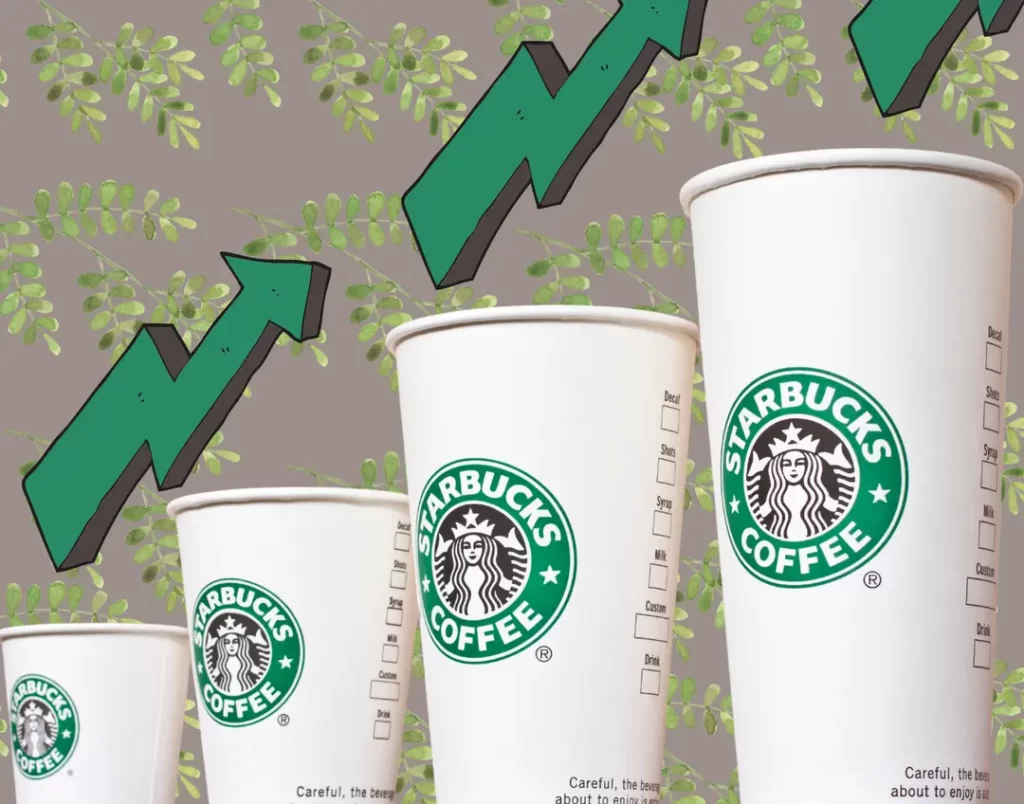
As the world becomes increasingly aware of the ecological crisis, people are taking action to change their consumption habits. Consumers are looking beyond the standard product specifications and are starting to prioritise the environmental sustainability of the brands they purchase from. In response, companies are beginning to recognise the importance of sustainable practices to retain their customers and stay competitive. By embracing sustainability and developing a robust branding strategy, businesses can protect the environment, enhance their public image, and entice new customers.
A recent survey found that more than 60% of consumers are willing to pay more for products from sustainable brands. This significant shift in consumer behaviour can be attributed to the growing recognition of the environmental damage caused by conventional business practices. It reflects a population that wants to purchase responsibly. Sustainability branding can help businesses tap into this growing market segment of environmentally conscious consumers. Companies that demonstrate a genuine commitment to sustainability – from sourcing raw materials to appropriate packaging – can create a unique selling proposition, mainly when competing with other firms in similar industries. Ultimately, this can enhance the company's public image and help build a loyal following of customers.
However, sustainable branding is more than a way to sell environmentally friendly products. It's about companies incorporating sustainable practices throughout the entire value chain, from production to distribution, communication, and customer service. A meaningful sustainability brand consistently demonstrates a positive impact and fosters transparency about its sustainability practices. A sustainability brand also promotes sustainability beyond the scope of its product, communicating its green ethics to the broader public through campaigns, workshops, and other initiatives.
The benefits of sustainability branding extend beyond a business's public image. By embracing sustainability, companies can reduce production costs and improve operational efficiencies. They can eliminate waste and create profitable new revenue streams by selling excess energy back to the grid or implementing water-efficient practices. These savings can be reinvested into the company or even passed onto customers through lower prices.
In a world focused on the preservation and sustainability of our planet, a solid commitment to sustainability can positively impact both the environment and a business's image and bottom line. By embracing sustainability branding, companies can attract a growing segment of environmentally conscious customers, differentiate themselves from competitors, and positively impact the planet.
Foster Loyalty and Trust

There is no denying that sustainability branding plays a vital role in building a solid and loyal customer base. A brand that prioritises sustainability is a brand that customers can trust. Businesses can foster a deep connection with customers beyond product quality by consistently demonstrating their commitment to environmentally responsible practices. This connection can translate into increased customer retention, higher lifetime value, and even the potential for enthusiastic brand advocacy.
Customers want to make ethical purchasing decisions and look to brands that have embraced sustainability to provide this. When a business takes a strong stance on sustainability and commits to sustainable practices throughout its entire value chain, it sends a reassuring message to its customers. This message is that the business cares about its bottom line and is committed to protecting the planet for future generations. This commitment helps build trust between the company and its customers, leading to long-lasting loyalty.
The key to sustainable branding is consistently demonstrating a commitment to sustainable practices. This means reducing the organisation's carbon footprint, minimising waste, and adopting sustainable packaging materials. Moreover, sustainable brands go beyond meeting the minimum ethical production standards. They are involved in sustainability advocacy, championing eco-friendly initiatives, and educating the public on how to live more sustainably. These actions all contribute to building trust and increasing loyalty with customers.
Studies have shown that loyal customers are more valuable, spending, on average, 67% more with businesses than new ones. They are also more likely to recommend the firm to their friends or family, which can lead to an influx of new business. In contrast, losing customers due to poor sustainable practices can have a harmful long-term impact on a business, damaging its reputation and bottom line.
Drive Innovation and Efficiency

By embracing sustainable practices, businesses can reduce their impact on the environment while unlocking significant cost savings and identifying new opportunities for innovation. Sustainability is a powerful tool that helps companies better understand their environmental footprint and opens pathways for transformational change.
One of the most significant benefits of embracing sustainability is that it can lead to more efficient business practices. Businesses examining their products or services from an environmental perspective often identify opportunities to streamline production and reduce waste. When sustainability is integrated into the product or service, it requires a holistic approach considering all aspects of the company's operations. By identifying inefficiencies and gaps in processes, companies can optimise processes to save money and reduce their environmental impact.
Innovation is another critical benefit of sustainability. When companies prioritise sustainability and focus on designing environmentally friendly products or services, they unlock new opportunities for innovation. This often leads to developing more efficient technology and processes, which can save money, reduce waste, and provide a significant competitive advantage. By embracing sustainability, companies can innovate in previously unimagined ways, ultimately creating a better product for the consumer.
Additionally, sustainability can be a potent source of competitive differentiation. In an age where consumers are increasingly interested in the environmental impact of their purchases, companies that embrace sustainability stand out. These businesses position themselves as forward-thinking, ethical, and more responsible than their competitors. This can lead to customer loyalty, attract new business, and create a positive brand reputation.
In conclusion, embracing sustainability is a significant step in transforming your brand into a green powerhouse. Sustainable practices lead to more efficient operations, opening up new pathways for innovation and differentiation, ultimately making a company more competitive. By carefully examining their company's environmental footprint and reducing its impact, a business can positively impact both the environment and its bottom line. If your business is committed to making a positive impact, considering sustainability may be the key to unlocking a future of innovation and success.
Now that we understand the importance of sustainability branding, let's learn how to make your brand a green powerhouse.
Planting the Seeds: Defining Your Sustainability Brand Identity
It would help to start with a solid foundation to create a successful sustainability brand. Here are some critical steps to help you define your sustainability brand identity:
- Identify your core sustainable values: What environmental and social issues matter most to your brand? Is it reducing waste, conserving water, or promoting fair labour practices? Choose a few core values that align with your brand's mission and resonate with your target audience.
- Conduct a sustainability audit: Assess your current practices to identify areas to improve your sustainability efforts. This can include evaluating your supply chain, manufacturing processes, and product packaging. Use the findings to set realistic goals and create a roadmap.
- Develop a sustainability narrative: Create a compelling story communicating your brand's commitment to sustainability. This narrative should be authentic, transparent, and infused with your brand's personality. Remember, consumers can spot greenwashing a mile away, so be genuine in your messaging.
With a clear sustainability identity, it's time to spread the word and make your brand shine.
Cultivating Your Green Image: Marketing Your Sustainable Brand
So, you've built a solid sustainability brand identity – now it's time to let the world know about your green efforts. Here are some tips for marketing your sustainable brand:
Be Transparent and Authentic
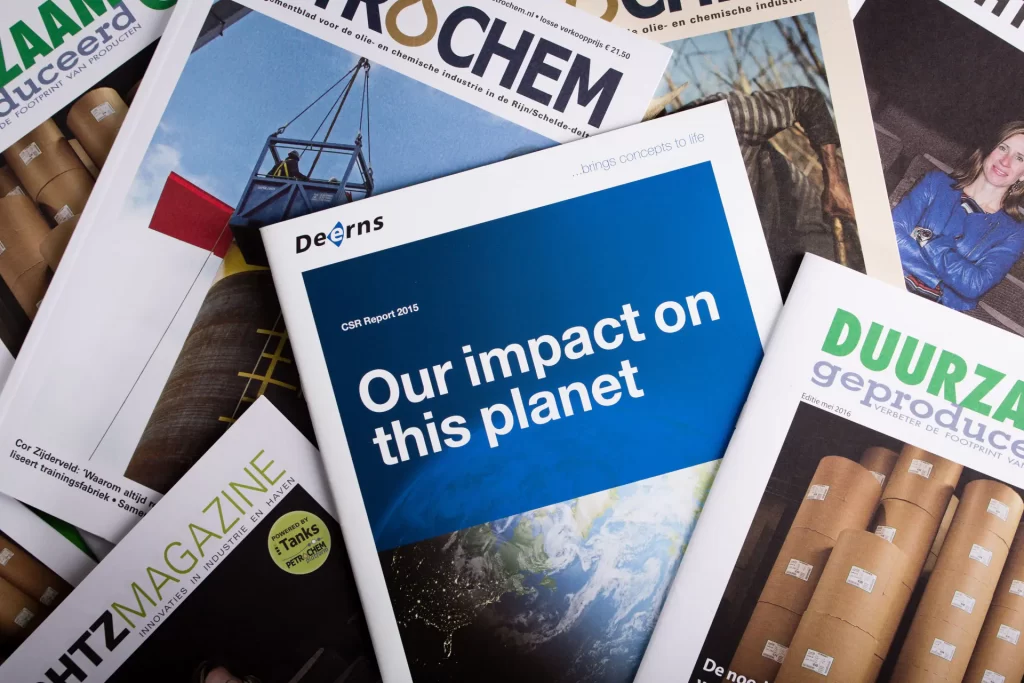
In today's world, where information is a fingertip away, consumers are more educated and informed than ever, particularly on sustainability matters. As a result, businesses can no longer rely on superficial sustainability branding or ‘greenwashing' tactics that do not align with their practices. Clever consumers will sniff out greenwashing efforts and call out brands that don't hold up their sustainability reputation. And so, businesses looking to cultivate a successful sustainability brand should embrace transparency, candidly sharing their sustainability journey, progress, and results.
Providing transparency in sustainability requires companies to assess and report on their environmental impact openly. Brands should be prepared to disclose the environmental results of their operations and products and their progress toward achieving sustainability targets. To be transparent, they require an integrated system of tracking and monitoring their ecological impact regularly, using agreed-upon international standards such as the Greenhouse Gas Protocol, the Sustainability Accounting Standards Board, and criteria proposed by the Global Reporting Initiative.
Businesses should be prepared to back up their claims with complex data, facts, and figures to build credibility. Transparency gives consumers confidence in the brand's sustainability commitment, so honesty and open communication are critical components of sustainability branding. The more detail and evidence businesses can provide to support their sustainability claims, the more authentic and trustworthy they will appear.
While transparency is vital, nobody requires a perfect sustainability record. Consumers appreciate transparency when businesses openly share their journey towards sustainability. It is essential to be open about areas where the company has room for growth, understanding that sustainability is a process of continuous improvement which takes time.
Leverage Storytelling
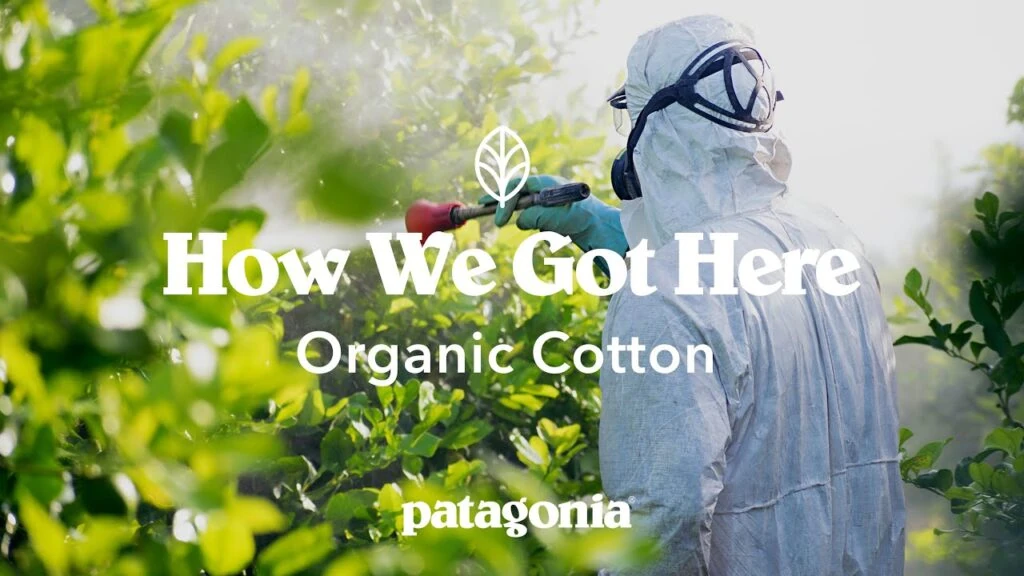
It's no secret that stories are a powerful tool for engaging and connecting with people on an emotional level. Many businesses may need to know how stories can be leveraged to brand a company as sustainable. Sharing compelling narratives of the people and communities behind sustainable initiatives can be a powerful way to create an emotional connection with your audience and inspire support for your brand.
Such stories should chronicle the environmental impact of sustainable action and the human impact. For instance, it tells the story of a local fair trade producer who drives sustainable chocolate production or highlights individuals who work to clean up litter-filled beaches. Doing so injects personal meaning and human involvement into the brand's sustainability narrative.
Telling stories of the people and communities involved in sustainable initiatives demonstrates a higher level of authenticity and accountability. The effect is remarkable, as consumers perceive the brand as genuine, compassionate, and responsible, which enhances their connection and trust with the brand in the long term.
By sharing stories about the brand's sustainability successes and barriers, businesses can strengthen their following by demonstrating their struggle for progress. This could boost support from followers, who will appreciate the transparency that brands are willing to share about the process of sustainability schema.
Furthermore, it's essential to recognise that storytelling is an art. Ideally, the story should be compelling, honest, and engaging. It's a balancing act that requires skill and expertise to get right. Brands should understand their audience and tailor their stories to resonate with them. This can involve crafting narratives that tap into culturally relevant values and ideals.
Engage with Your Audience
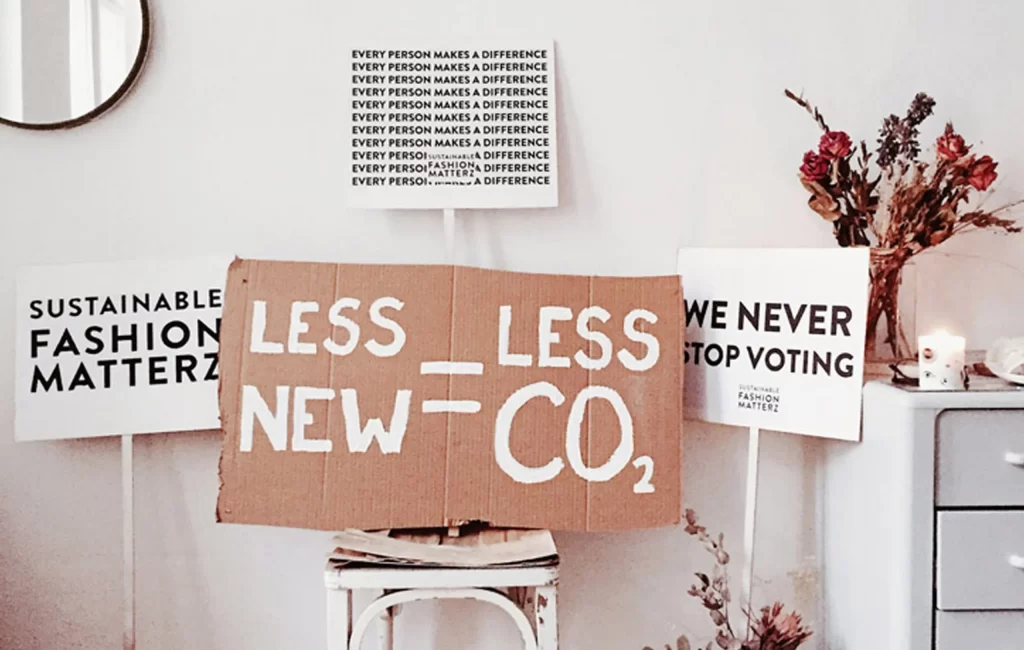
Sustainability branding is more than merely putting green logos and buzzwords into the world. It's a promise to engage in an ongoing conversation about the pressing environmental issues of our time. Brands must show that they are willing to listen to their audiences and are invested in making tangible contributions towards sustainability goals. That is where communication's two-way street has become a non-negotiable concept.
Social media platforms have made it easier and more accessible than ever to have direct conversations with customers, suppliers, stakeholders and other members of the public concerned about environmental stewardship. Brands can learn about their audience's interests, feedback, perspectives and concerns through these platforms. This enables the business to tailor its messaging and show its customer base how they can make a difference together.
Through events and experiential marketing, brands can create opportunities for engagement and interaction with their audience, which can enhance and personalise the sustainability brand's message. For instance, a brand could organise a beach cleanup or a tree planting event to bring together environmentally-conscious consumers, provide them with the opportunity to contribute to a shared goal and see the brand's commitment to action firsthand.
Dialogue between brands and their audiences must extend through multiple platforms and marketing campaigns. Engaging with consumers consistently and gathering feedback on every touch-point is essential – by showing that their input matters, the brand is more likely to generate loyalty and trust, driving business towards a more compelling sustainability brand.
Companies must demonstrate their commitment to sustainability goals by listening, responding, and evolving their strategy to address what their customers want to see. Brands that take the input of their audience seriously instil a sense of shared responsibility and purpose. After all, the environmental problems we face today are too big for any single brand or individual. We must work together to make a real difference, so the dialogues must continue beyond the point of purchase.
Collaborate and Partner Up
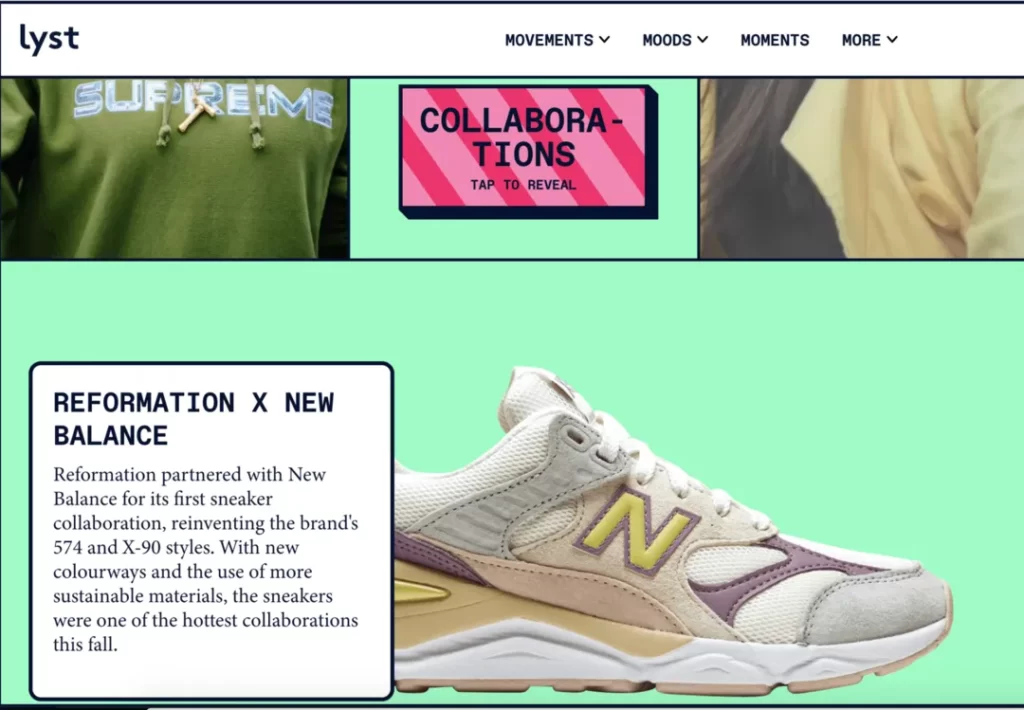
The sustainability movement requires collective efforts for it to culminate in tangible outcomes. Thus, brands shouldn't work in silos; sustainable efforts shouldn't only be an individual brand's activity. Joining forces with other pioneers, organisations, and influencers in sustainability can help reach new audiences and cement one's expertise in the field.
Collaborating with other organisations and sustainable brands can be an intelligent move, especially in the context of Disaster Response Cleanups, as it enables the sharing knowledge, resources, and expertise within the industry. Collaboration efforts can enable sustainable brands to address broader issues, such as climate change or social justice, and elaborate on their broader impact on society.
There are several ways brands can collaborate. For example, a brand could partner with companies with similar principles to create new products with an eco-friendly supply chain. This could involve engaging with a local non-profit environmental organisation to source natural and recycled materials to create a more sustainable product range. Brands can also partner with influencers to broaden their reach and leverage their niche expertise to reach even larger audiences. In other instances, brands can join sustainable business or environmental networks to learn, connect with other experts, and share best practices.
Collaboration efforts provide an opportunity to learn and leverage knowledge around sustainability issues. Through these shared insights, brands may identify weaknesses in their strategies or recognise potential areas for improvement. In these instances, brands can incorporate the lessons and principles from partnership meetings or collaborations into their sustainability strategy.
Collaborative initiatives are more impactful because they demonstrate that the sustainability movement is more than just about profit-making. It encourages stakeholders, employees, customers and competitors to be part of a growing movement to protect the planet.
Measuring Your Green Success: Tracking Sustainability Brand Metrics
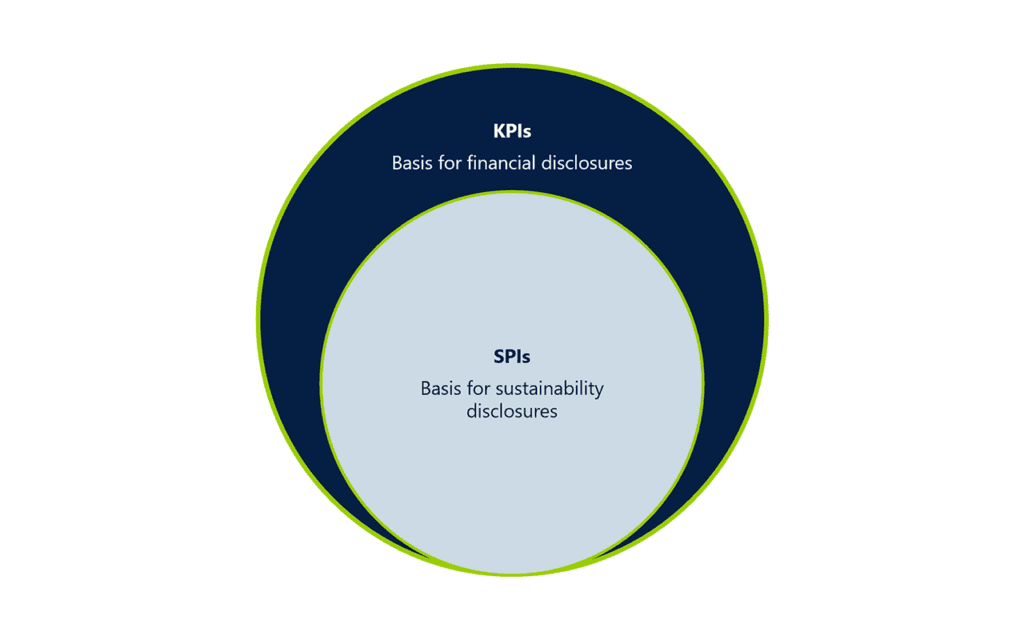
To ensure your sustainability branding initiatives are effective and making a difference, it's critical to measure your progress and impact regularly. Some of the key metrics you should track include the following:
- Sustainability Key Performance Indicators (KPIs): Closely monitor metrics directly tied to your specific sustainability goals and priorities. For example, if you aim to reduce carbon emissions by 25% in the next three years, you would track your carbon footprint and emissions levels annually. If you desire zero waste to landfill for your operations, you will follow waste levels and diversion rates monthly or quarterly. Define your unique KPIs and measure them consistently over time.
- Consumer Awareness and Perceptions: Run surveys and polls to assess how consumers view sustainable companies. Measure attributes like perceptions of your environmental values, trustworthiness, and impact. See if sustainability plays a role in purchasing decisions and brand loyalty. Monitor how awareness and opinions change based on your sustainability efforts and marketing campaigns.
- Stakeholder Feedback: Interview or survey your key stakeholders, like employees, partners, investors, and local communities, to get their input on your sustainability progress. Ask how they view your brand leadership and look for opportunities to improve. Address any crucial concerns or criticisms that arise.
- Impact Metrics: Look for ways to quantify the real-world impact of your sustainability initiatives. This could include kilowatt hours of renewable energy used, the number of trees planted, the amount of water conserved, funds donated to environmental charities and green products. Communicate these concrete metrics and impacts to strengthen your sustainability brand story.
- Awards and Recognitions: Apply for sustainability awards and rankings to gain valuable third-party validation of your efforts. Winning awards or being listed on “green” brand rankings helps raise awareness of your sustainability leadership and success. Promote any awards or accolades you receive on your website, social media profiles and marketing materials.
Tracking these key metrics over time provides insight into how effectively you establish yourself as a sustainability leader, educate consumers, and drive real environmental and social impact. Share your progress to build trust and advance your green brand story transparently.
Wrapping Up
The world of sustainability branding is evolving, and consumers are becoming more conscious of their purchasing power. Brands that seek to thrive in the future must embrace sustainable practices and integrate them into their strategy.
Sustainability branding is a way to create value and purpose beyond revenue, and it can lead to increased customer loyalty, trust, and brand reputation. By investing in sustainability, businesses can positively impact the environment and society and differentiate themselves from their competition.
However, sustainability branding is not just about putting ‘green' labels on products or simply using sustainable materials; it's about how businesses conduct themselves through their policies, practices and ethics. It's about fostering a culture of sustainability, from top-level management to employees and customers.
The key lies in creating a dialogue and community, embracing the diversity of ideas and perspectives, and striving for continuous improvement. Sustainability branding is not a box-ticking exercise but a journey that requires commitment, resources and a willingness to listen and learn.
In today's world, sustainability branding is no longer just a trend; it's a necessity that customers expect from businesses. Brands integrating sustainable practices into their business model will provide more than just a product or service. They will give a solution to a problem the world is currently facing and create an experience that resonates with their customers' values.
In essence, sustainability branding is a marketing technique and a fundamental shift in how businesses think, operate and connect with their stakeholders. It's time for businesses to be a force for positive change, and sustainability branding is the way forward. So, let's keep the momentum going, and remember, ‘Green is indeed the New Black.'
